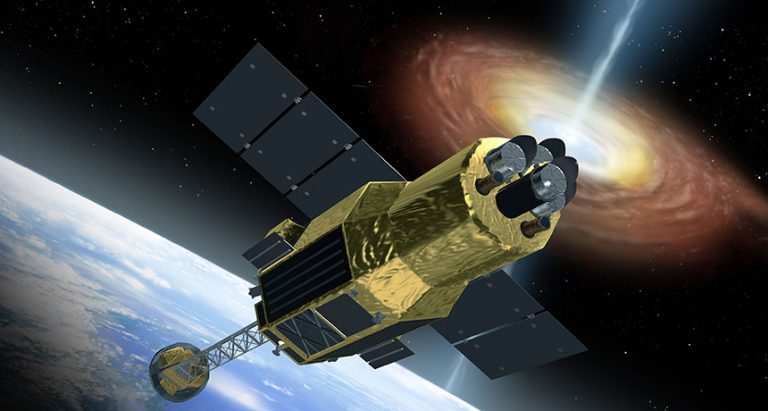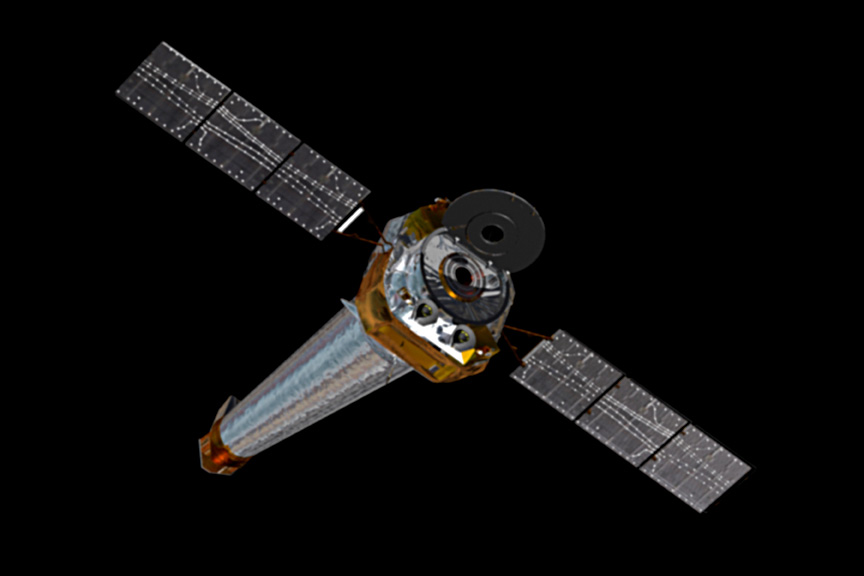
For example the James Clerk Maxwell Telescope observes from wavelengths from 3 μm (0.003 mm) to 2000 μm (2 mm), but uses a parabolic aluminium antenna. The near-infrared can be handled much like visible light, however in the far-infrared and submillimetre range, telescopes can operate more like a radio telescope. Submillimetre telescopes, using longer wavelengths than infrared lightĪs wavelengths become longer, it becomes easier to use antenna technology to interact with electromagnetic radiation (although it is possible to make very tiny antenna).Infrared telescopes, using longer wavelengths than visible light.Optical telescopes, using visible light.Ultraviolet telescopes, using shorter wavelengths than visible light.X-ray telescopes, using shorter wavelengths than ultraviolet light.Telescopes may be classified by the wavelengths of light they detect: Most detect electromagnetic radiation, but there are major differences in how astronomers must go about collecting light (electromagnetic radiation) in different frequency bands. The name "telescope" covers a wide range of instruments. Since then, a tremendous variety of complex astronomical instruments have been developed. The first purpose built radio telescope went into operation in 1937. The 20th century also saw the development of telescopes that worked in a wide range of wavelengths from radio to gamma-rays. The largest reflecting telescopes currently have objectives larger than 10 m (33 feet). The maximum physical size limit for refracting telescopes is about 1 meter (40 inches), dictating that the vast majority of large optical researching telescopes built since the turn of the 20th century have been reflectors. Reflecting telescopes, though not limited by the colour problems seen in refractors, were hampered by the use of fast tarnishing speculum metal mirrors employed during the 18th and early 19th century-a problem alleviated by the introduction of silver coated glass mirrors in 1857, and aluminized mirrors in 1932. The invention of the achromatic lens in 1733 partially corrected color aberrations present in the simple lens and enabled the construction of shorter, more functional refracting telescopes. In 1668, Isaac Newton built the first practical reflecting telescope, of a design which now bears his name, the Newtonian reflector.

The potential advantages of using parabolic mirrors-reduction of spherical aberration and no chromatic aberration-led to many proposed designs and several attempts to build reflecting telescopes. The idea that the objective, or light-gathering element, could be a mirror instead of a lens was being investigated soon after the invention of the refracting telescope. Galileo heard about the Dutch telescope in June 1609, built his own within a month, and greatly improved upon the design in the following year. Their development is credited to three individuals: Hans Lippershey and Zacharias Janssen, who were spectacle makers in Middelburg, and Jacob Metius of Alkmaar. The earliest recorded working telescopes were the refracting telescopes that appeared in the Netherlands in 1608. This is the sensor in the Kepler spacecraft Modern telescopes typically use CCD instead of film for recording images. In the Starry Messenger Galileo had used the term "perspicillum". The word " telescope" (from the Greek τῆλε, tele "far" and σκοπεῖν, skopein "to look or see" τηλεσκόπος, teleskopos "far-seeing") was coined in 1611 by the Greek mathematician Giovanni Demisiani for one of Galileo Galilei's instruments presented at a banquet at the Accademia dei Lincei.

The word telescope now refers to a wide range of instruments detecting different regions of the electromagnetic spectrum, and in some cases other types of detectors. In the 20th century many new types of telescopes were invented, including radio telescopes in the 1930s and infrared telescopes in the 1960s.

Within a few decades, the reflecting telescope was invented, which used mirrors. They found use in terrestrial applications and astronomy. The first known practical telescopes were invented in the Netherlands at the beginning of the 17th century, using glass lenses. The 100 inch (2.5 m) Hooker reflecting telescope at Mount Wilson Observatory near Los Angeles, California.Ī telescope is an instrument that aids in the observation of remote objects by collecting electromagnetic radiation (such as visible light).


 0 kommentar(er)
0 kommentar(er)
